Libraries Receives Grant for Book Repair Workshop
Syracuse University Libraries’ Department of Access and Resource Sharing received a Central New York Library Resources Council Catalyst Grant for $2,000 to provide train-the-trainer workshops on book repair to local school district media specialists. Preservation librarian Marianne Hanley submitted the…



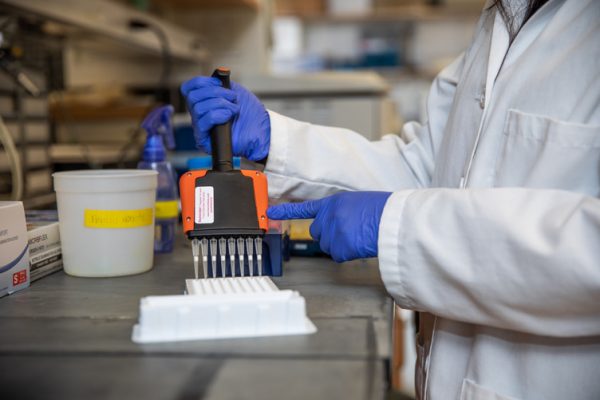
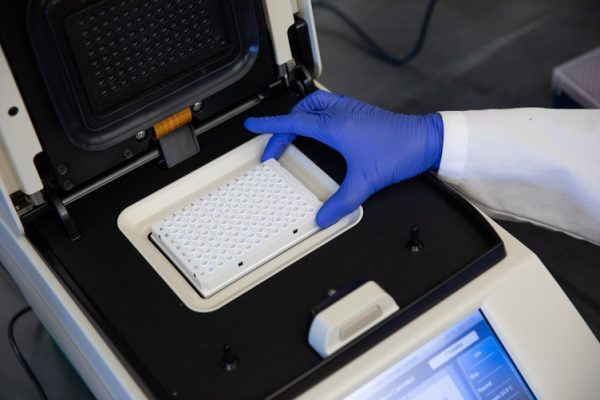
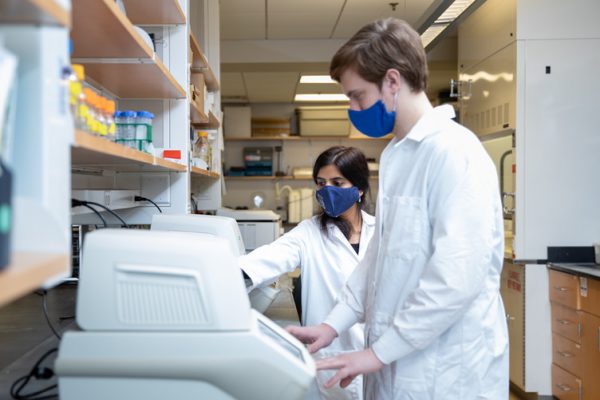
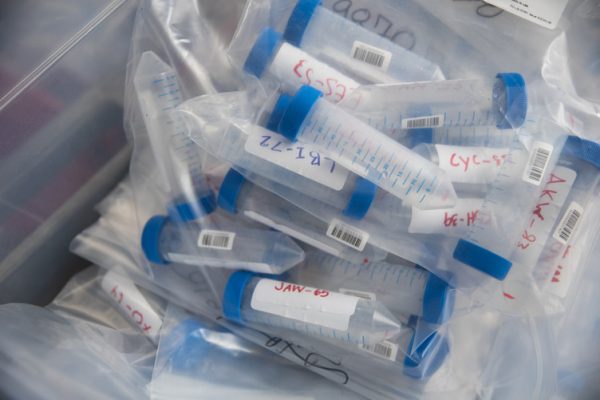
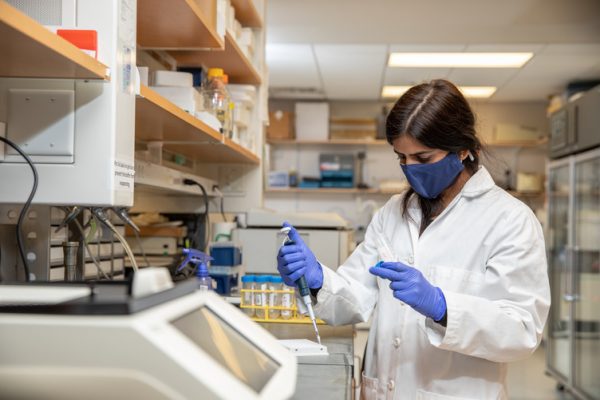
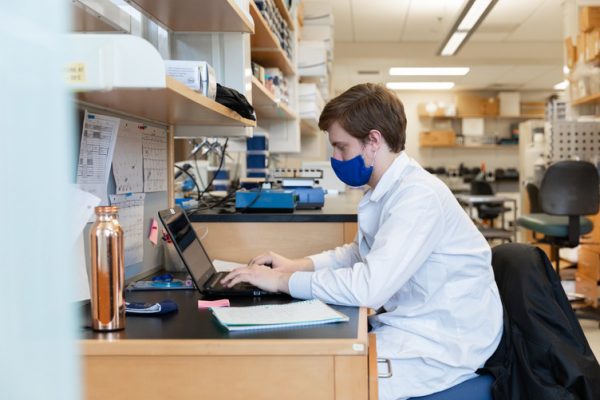 That data is then entered into the testing database and triggers an alert to the Public Health Team regarding the person(s) whose sample came back positive. The Public Health Team then contacts the individual(s) by phone to initiate confirmatory diagnostic testing and any necessary isolation, quarantine, and contact tracing protocols.
That data is then entered into the testing database and triggers an alert to the Public Health Team regarding the person(s) whose sample came back positive. The Public Health Team then contacts the individual(s) by phone to initiate confirmatory diagnostic testing and any necessary isolation, quarantine, and contact tracing protocols.